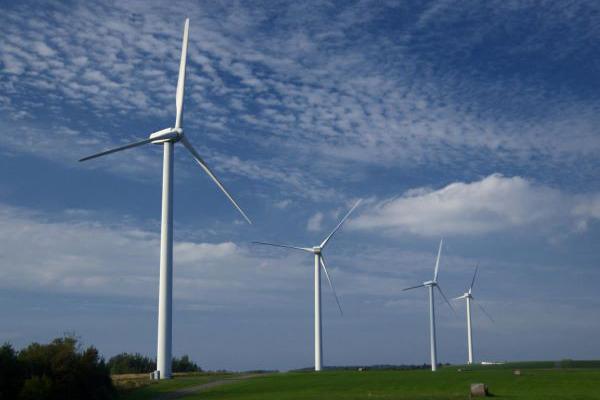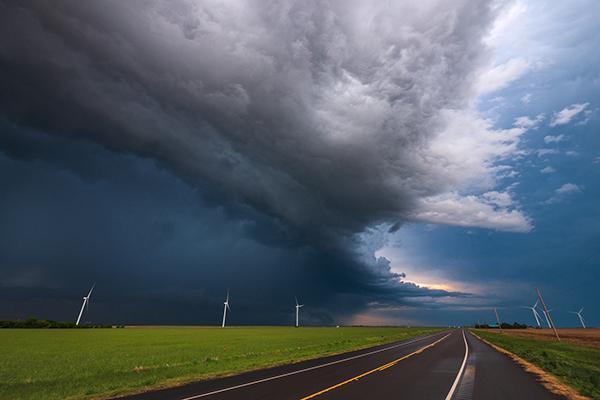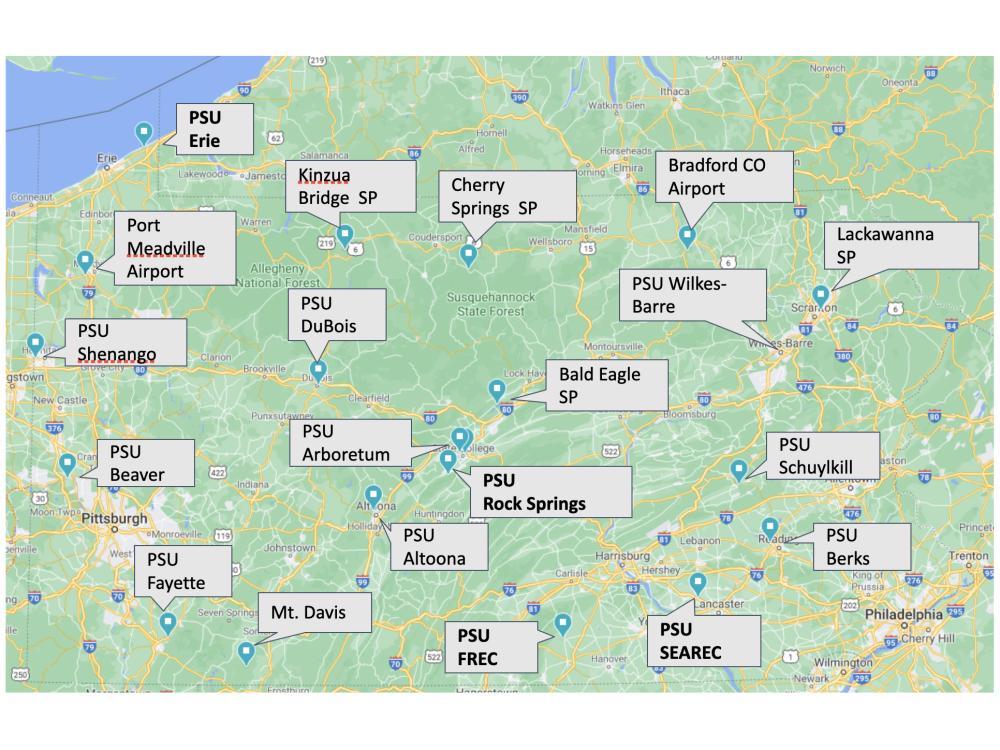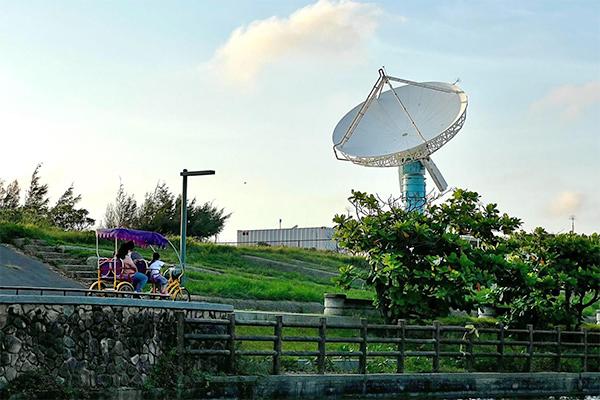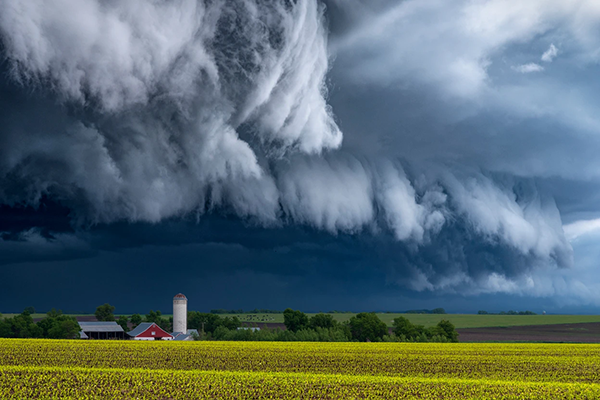Machine learning technology that can recognize human faces may also help to improve weather forecasts, according to a team of scientists. “The idea behind this work comes from Google’s FaceNet, but instead of comparing your picture to images of faces in a database, we are comparing weather to historical forecasts,” said Weiming Hu, a machine learning scientist at the University of San Diego and a former doctoral student at Penn State.
Melissa Gervais, assistant professor of meteorology and atmospheric science and co-hire in Penn State’s Institute for Computational and Data Sciences (ICDS), received a five-year $874,000 Faculty Early Career Development (CAREER) award from the National Science Foundation to investigate the impact of sea ice loss on large-scale patterns of atmospheric variability and cold air outbreaks.
Martha Christino, a double major in meteorology and atmospheric science and civil engineering, was selected as the marshal for the college’s spring 2023 commencement.
A Penn State-led interdisciplinary team of researchers across six institutions was awarded a $3.5 million grant from the National Science Foundation to investigate the role that macrobiota, such as clams, salt marshes and seagrasses, play in carbon cycling in estuaries.
A new technique combining underused satellite and radar data in weather models may improve predictions of thunderstorms, according to a Penn State-led team of scientists.
Penn State has established a publicly available, environmental monitoring network to provide enhanced surveillance of atmospheric and soil conditions across Pennsylvania. The Pennsylvania Environmental Monitoring Network currently consists of 17 stations, with plans soon to more than double that number to 50 stations across the commonwealth. The network consists of monitoring equipment located at Penn State campuses and research facilities, state parks, and airports around the state.
Even from the Arctic Circle in Alaska, Penn State professor Jose Fuentes is inspiring his students to learn and grow
A recent study by an international team of scientists including Raymond Najjar, professor of oceanography at Penn State, found that the flows of carbon through the complex network of water bodies that connect land and ocean has often been overlooked and that ignoring these flows overestimates the carbon storage in terrestrial ecosystems and underestimates sedimentary and oceanic carbon storage.
The researchers are participating in the Prediction of Rainfall Extremes Campaign in the Pacific (PRECIP), a $6 million field campaign in Taiwan and Japan funded by the National Science Foundation to improve our understanding of the processes that produce extreme precipitation.
Sea–surface salinity levels in the Pacific and Atlantic oceans can presage heavy rains in the Midwestern United States.


